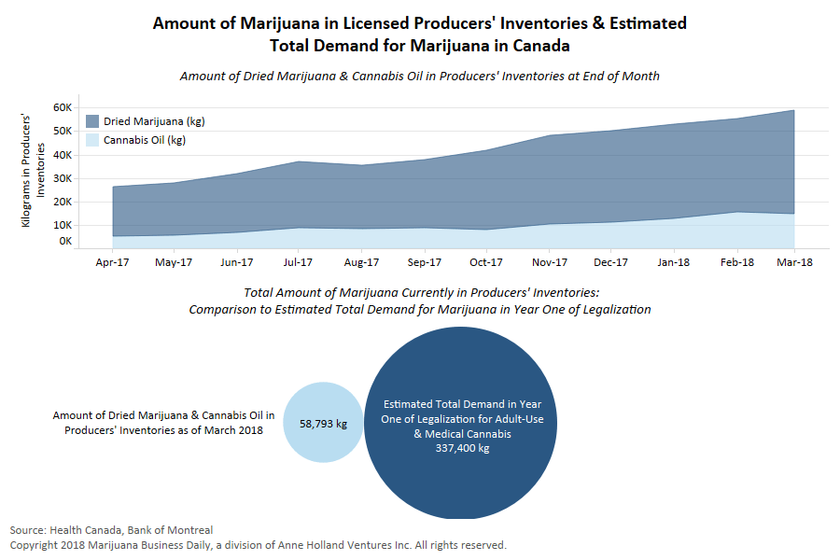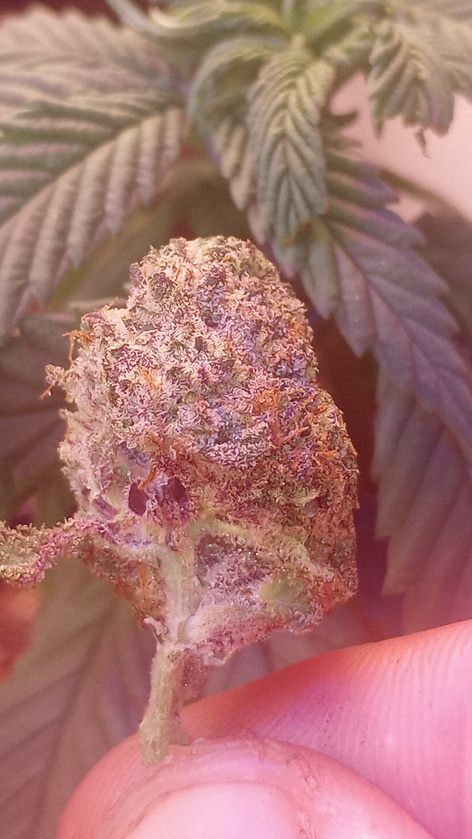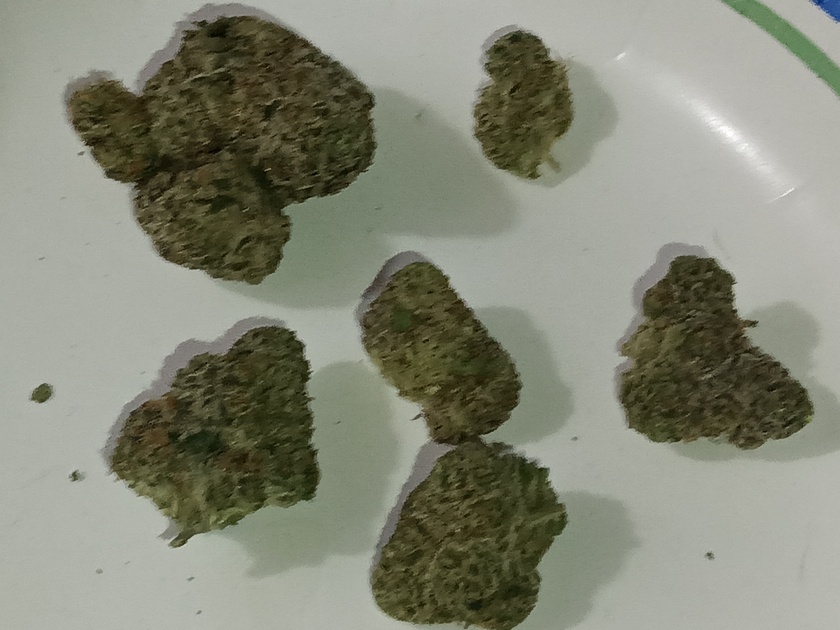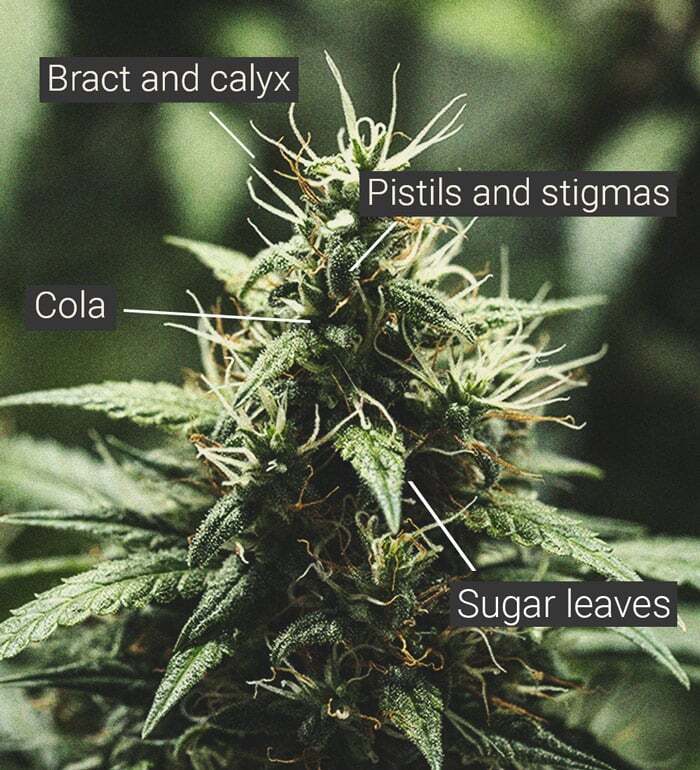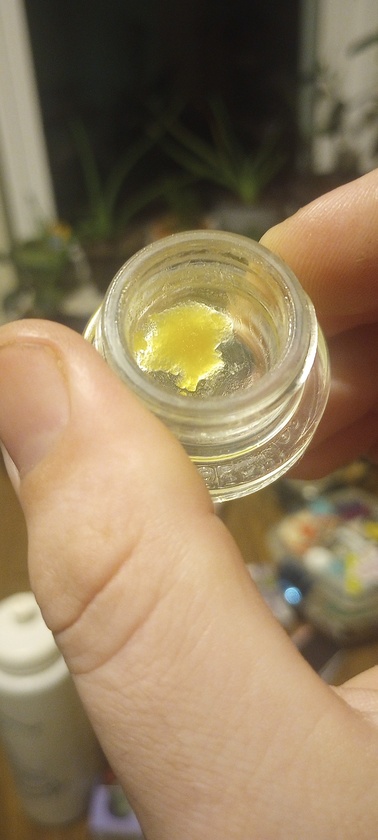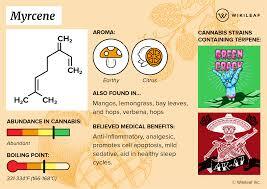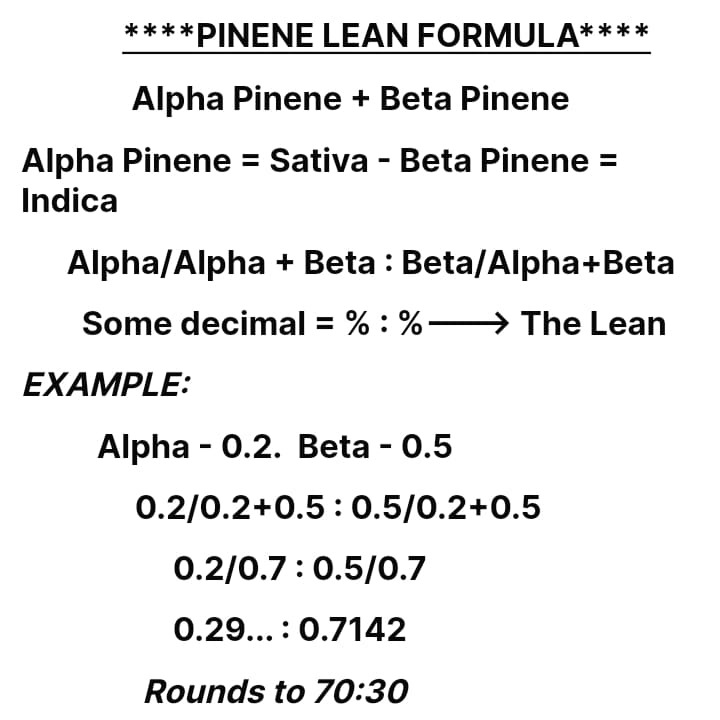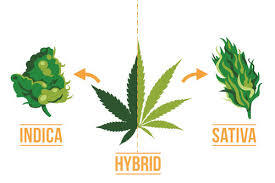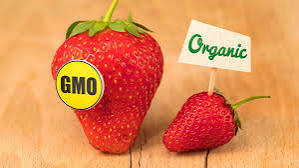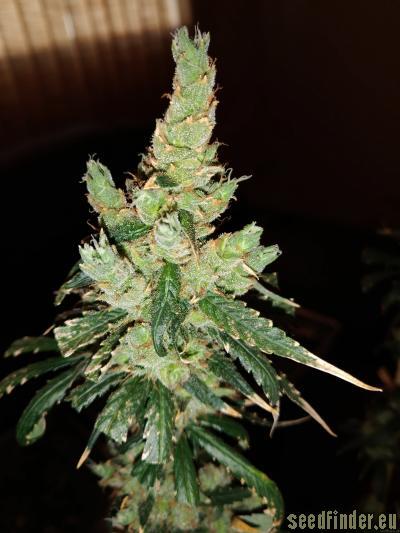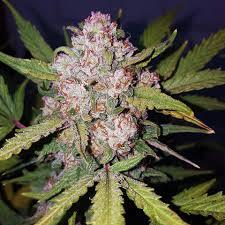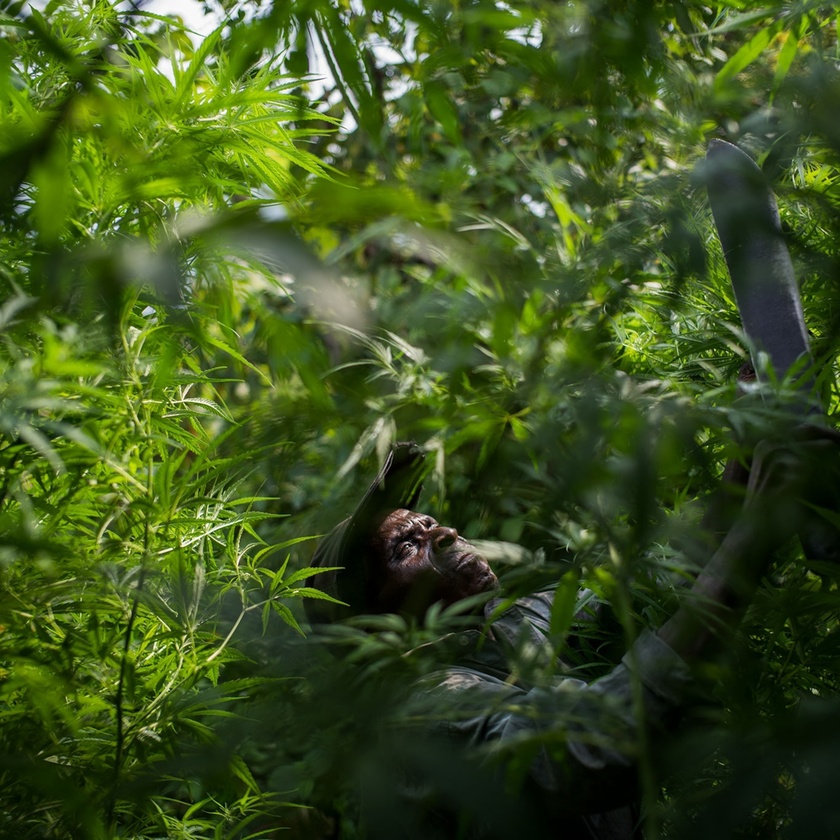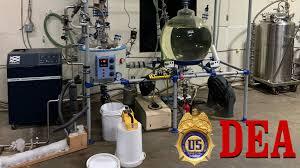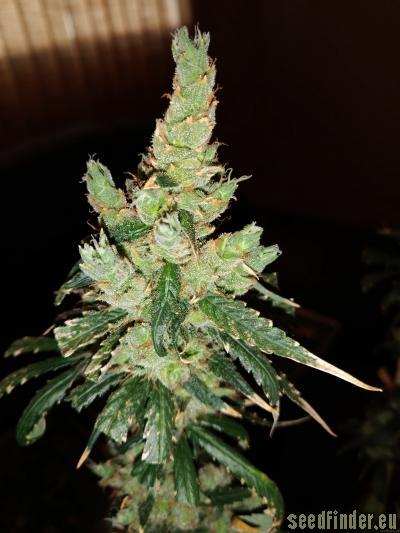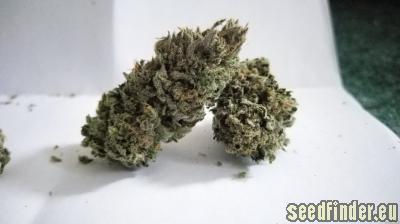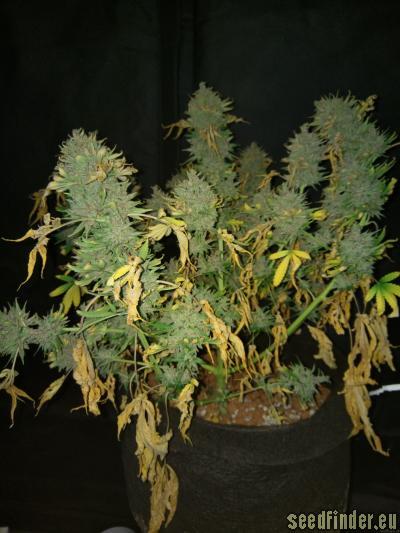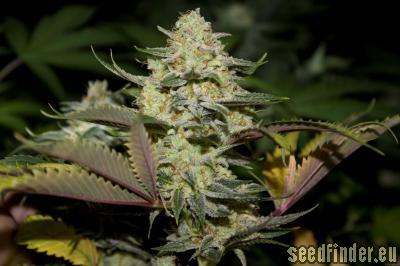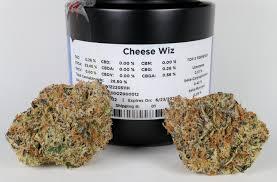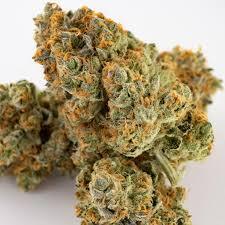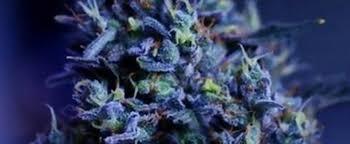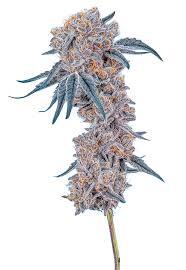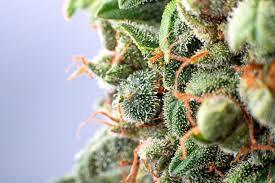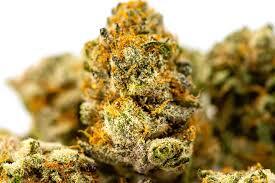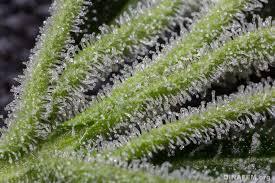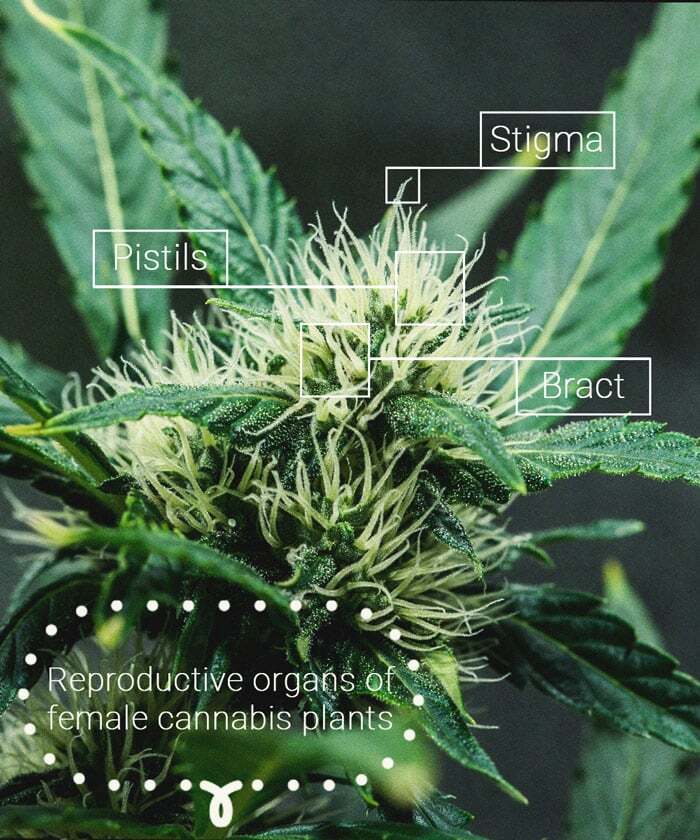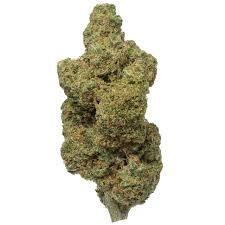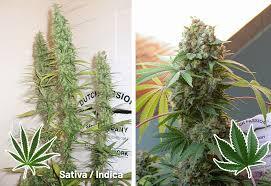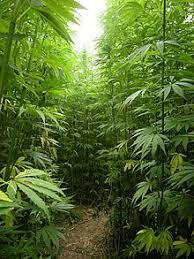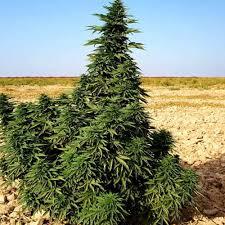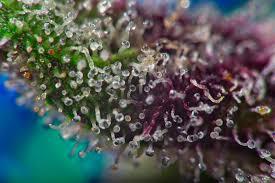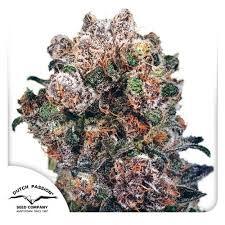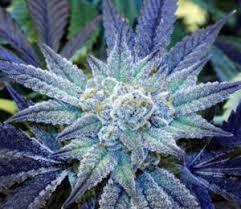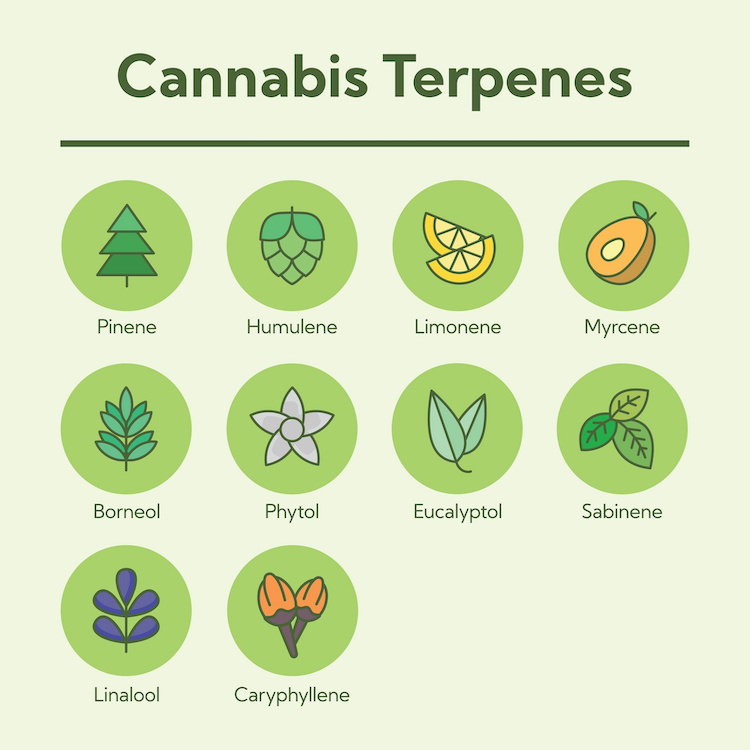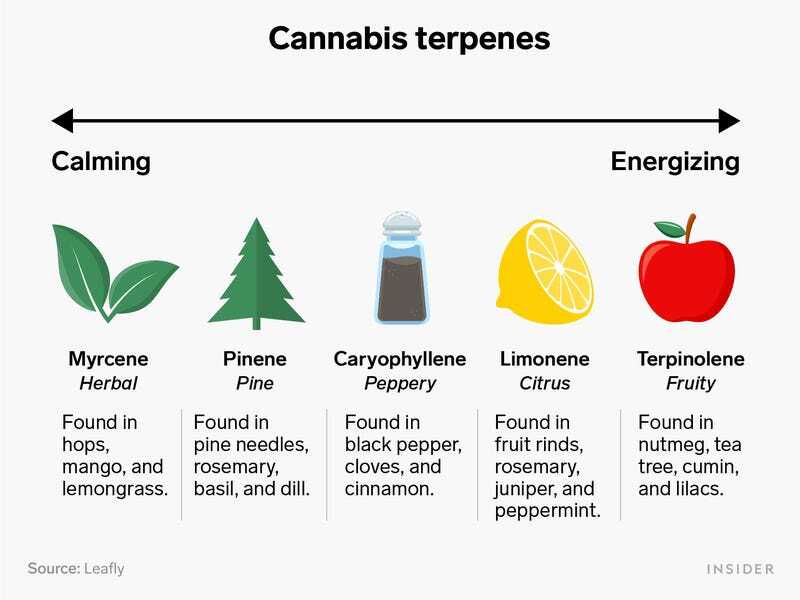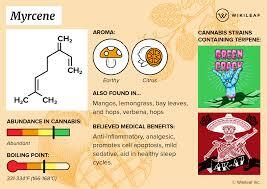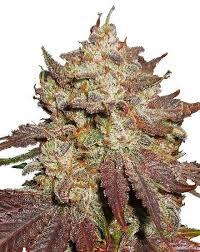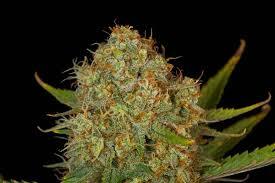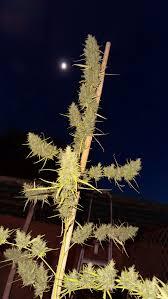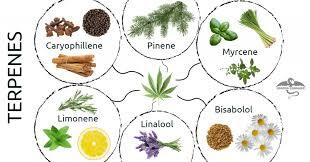Cannabis Bud Structures & Micro Structures
Dichotomy of Indica & Sativa as a Means Of Classification, Attempted & Presented,Terpological Cannalysis is NOVEL
Tying it all together w/Terpenes
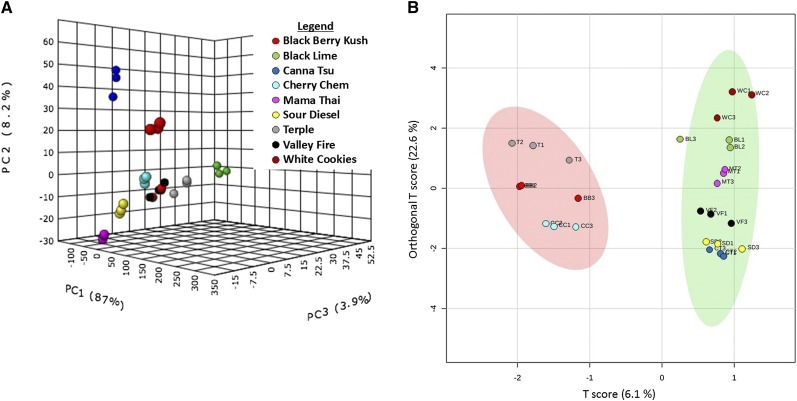
I have wanted to write a full on discussion about bud structure for awhile now. So I figured I would use it as a chance to show how older attempts to create a Charting for Terpenes & Cannabinoids has been presented in the past but nothing has really taken hold of the field as of yet. Those that are presented that hold.similar value I have included links to in this paper. Such as seperatin the cannabis first using the THC only, THC & CBD, & CBD only. This splits to Terpene Clusters defined in their papers.
I am not going to dive too far into that work because I do not want their findings of Terpene research to influence my findings via my approach. My approach splits the Terpenes into three Hierarchical categories based upon each confirmation of analysis of Terpene levels, seperating them into three categories demarcated by significant decrease in amount of the Terpenes present. Primary, secondary, and tertiary levels.
This categorization has led ME tO questions such as, what if the Tertiary level equated to or was more.than the primary Terpene. Would the cannabis be effected in any novel notable way.? Or what other patterns EXSISt therein to be found that reveal new information.?
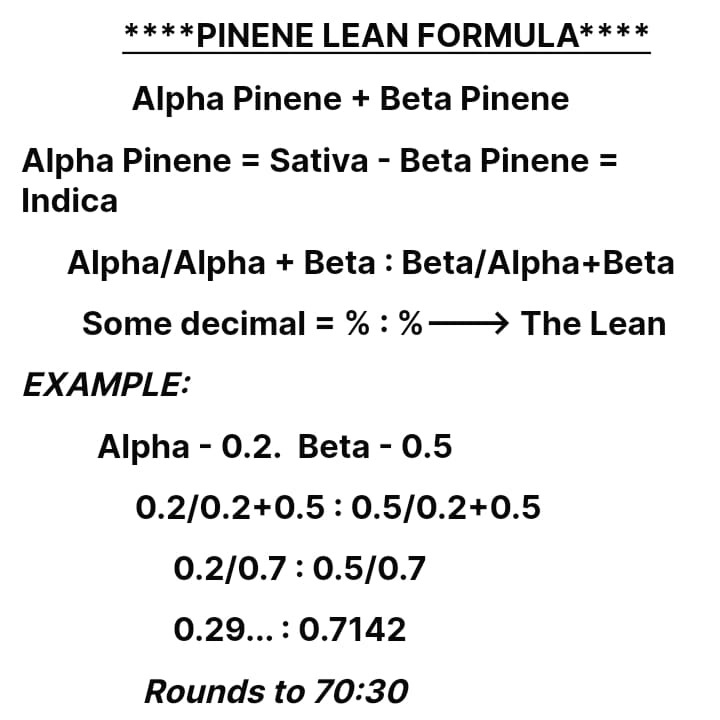
My protocol is very much centered around understanding terpenes, their role in cannabis in nature and synergistically in use, This goes all the way back to how the Terpenes are created in cannabis as well as the cannabinoids, as their closely connected, which my protocol takes into account, but I do not begin with a tertiary split of chemicals of THC expression.
For Terpological protocol this works out via the entire cannabinoid profile on COA that points more accurately I may add I argue to specifics about lean and experience of that strain. The formation of the bud involves the formation of Cannabinoids and terpenoids, which I have touched on in the past. The process of the molecular development of the terpenoids and cannabinoids is also very much relative to my comprehension of this data fully as it is part and parcel of the evolutionary approach.
For example, by understanding the levels of CBGa that characterize indica, I have hypothesized that higher levels of CBGa correlates to Sativa as Sativa contains more complex cannabinoid profiles which would use more CbgA. Devils Advocate, what if that means though that lower CBGa indicates Decarbbing, meaning there was more CBGa but all the cannabinoids used it up.
There's that thinking or that indicas decarb that Initial cannabinoid more than a sativa due to the natural endemic environments of jungle vs desert. So is lower CBGa an indica trait or is it pointing out that it has been used extensively to create the remaining cannabinoids. To know this it would be helpful to know the initial levels of CBGa produced prior to production of the other cannabinoids both in indica and sativa. This is just one way in which the articles I have referenced may further my own study. Just off the top of my head.
I have discussed how CBGa is the first cannabinoid to be born of Olevetolic acidnand Geranyl Diphosphate in creation. Or my hypothesis that CBGa in Increased levels beyond those I find to be associated with Indica Expression (approx. 1.50% in Indica hybrid), that this is expressive or characteristic of SATIVA influence on the cannabis.

Now the NBCI article does state that variation between indica and sativa isn't as cutnand dry as SATIVA UP INDICA DOWN.
This is a huge POINT of Evolutionarily Adaptive Terpological Discernment and Assignment Developmental Cannalytic Protocol, but not only that there's a range of variation of Specifically Sativa Expressing on Indica profiles creating plethora of varrying lean dominance hybrids, but that it can be quantified and understood through Understanding Terpenes and the Confirmation of analysis that shows us those levels.
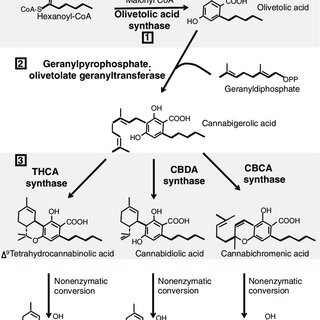
The formation of cannabis is at the definitive base of Terpological Cannalysis as the creation or rather existence of Sativa and Indica are characterized by micro adaptations specific to their endemic environments. Indica produces earthier, spiced, Hops like herbal woodsy scents. Terpenes are for plant protection, this is spelled out in the characterization of strains via their prominent Terpenes, using COA all levels. Indica is high in linalool, which is known to repel FEMALE mosquitos which are particularly bad in regions where indica grows best outdoors wild, Afghanistan Pakistan etc.

Sativa just like the Birds of the jungle, the sativa is characterized by expressions of Terpenes relative to the rest of that endemic enviroment. Hence the fruity, bright expressive, complex, exotic aromatic presentations. Now I present the concept of "bridge Terpenes" which explains things like why an overlap of Limonene in Both Landrace presentations, which I believe is the dual enantiomers of Limonene.
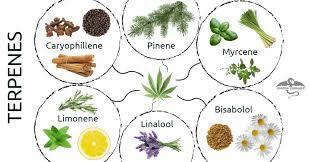
There are other Terpenes as well with the same arrangement having one indica and a sativa type of that terpene. Beta Caryophyllene is another, trans Caryophyllene being the most common type thereof. Beta Caryophyllene is black pepper, that's the smell, and it's also found in black pepper able to be absorbed as it too is a dietary Terpene.
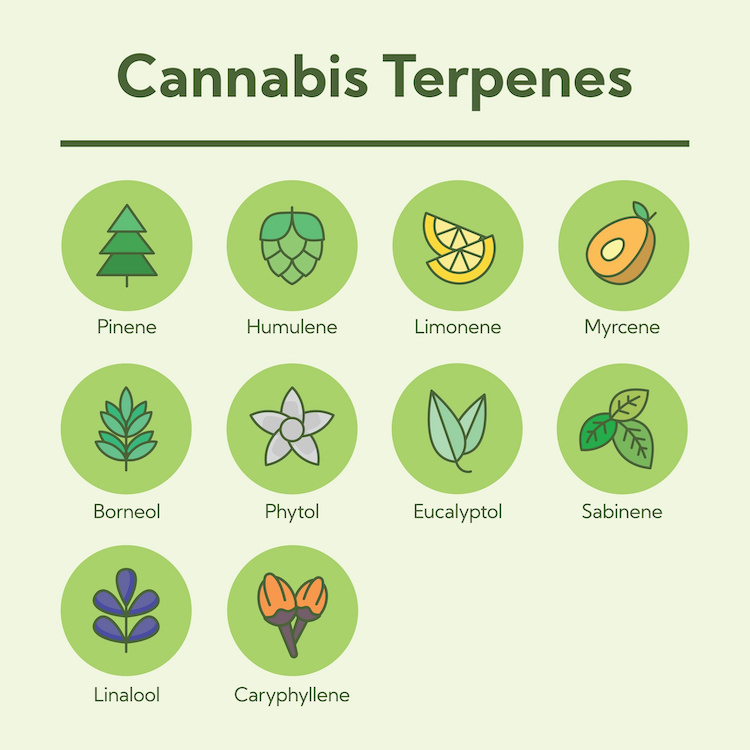
It is also sedative and ergo all around associated with and characterizes the profile of an Indica leaning hybrid or indica.h Trans Caryophyllene is less so sedating but still calming and relaxed & relative to sativa. There are supposedly however landrace sativa Claimed anyway that has Beta Caryophyllene.
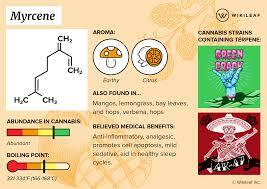
If this is the case then my theory that if indeed Sativa leads to indica in the grand help of it all Evolutionarily, then beta Caryophyllene would be able to express on Sativa, it just isn't common. Usually beta Caryophyllene comes from indica influence, at least to my current understanding. The above may change that thinking over time.
Bud Structure
What most growers rcognize as the Bud is actually a group of pistllate structures. The actual flower of cannabis is technically the pistils themselves. The structures of the cannabis together make up what we call a bud.
Now that I have, I hope sufficiently connected my protocol to why I'm even discussing bud Structure, it's also a good thing to understand in general. It will also help you to understand how I define the structural characteristics of the Macro and the pulled back micro structures, micro structures meaning the shape that makes up the general overall shape.
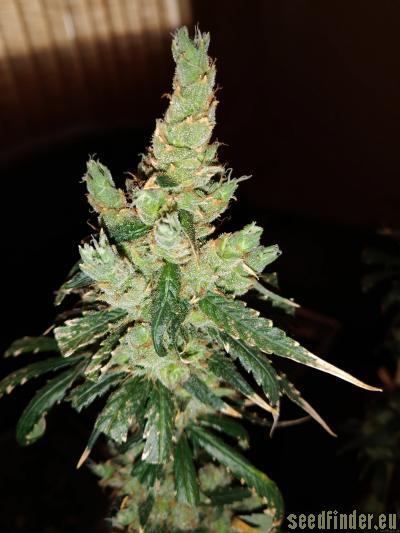
First remember there's the generalized difference between indica and Sativa in their macro structure shape, density, & micro structures of shape and actual Micro Structures.
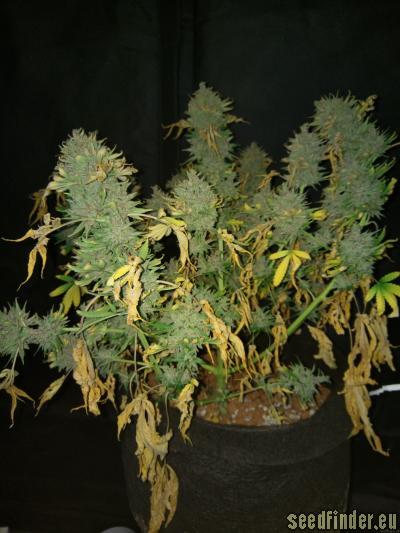
Indica is bulbous and dense, shorter stunted pistils, and sativa has longer pistils often lighter in color than indicas both in bud color and pistil. But let's look at these parts.
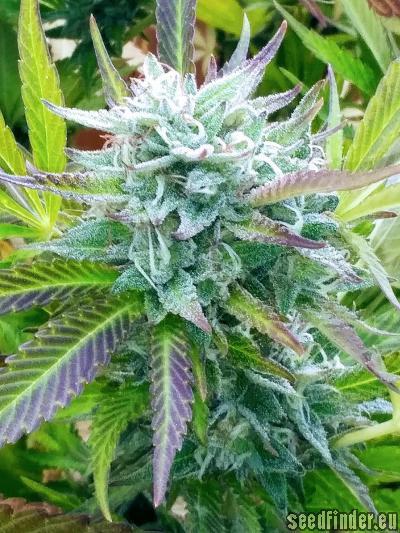
The largest part of the bud starting on the Plant we see is the COLA. THIS is the large Inverse cone/ pointed hat on top a cannabis plant. If the plant has been topped or femmed there will be loads of Colas,one per main branch. Structures of and On the Cola is where we're diving into, not just of the Colas Though. This applies.to all buds.on the plant.

The next step down would probably be, well first to begin with the Cotleydons. Cotleydons are the round leaves that form on cannabis in the seed that allows the plant to begin photosynthesis once above soil. They help direct the seedling to orient the root and grow towards the sun. These fall off or some snip then once the leaf base is developed of the beginner fan leaves.

Part of the bud that is probably the least important to the cannabis user is the Sugar Leaves. However it's worth discussing as sugar leaves are the foliage left on Untrimmed cannabis. This is sold for very cheap, cheaper than smalls which is just small buds. The sugar leaves do have trichomes on them and can be ground up though they will ad a slight harshness if too dense with sugar leaves.
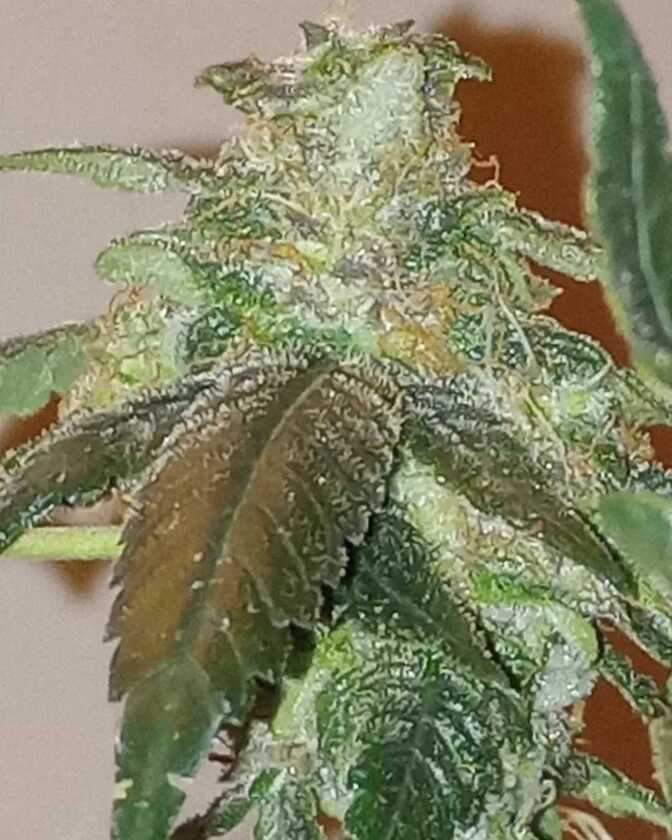
The Calyx is the same pointy shape as the ends of sugar leaves, but they're shorter and they remain on the bud, usually trimmers do ofn't snip them unless they're really sticking out. The Calyx is the foliage that ends up colored nearly.Black in indica leaning OG hybrids and shows off a mint green that contrasts against surrounding CANNABIS foliage in sativa leaning OG cannabis strains. This may seem like a far fetched generality but it is not. Id confidently say 90% of the time OG cannabis presents with unique colored Calyxs.
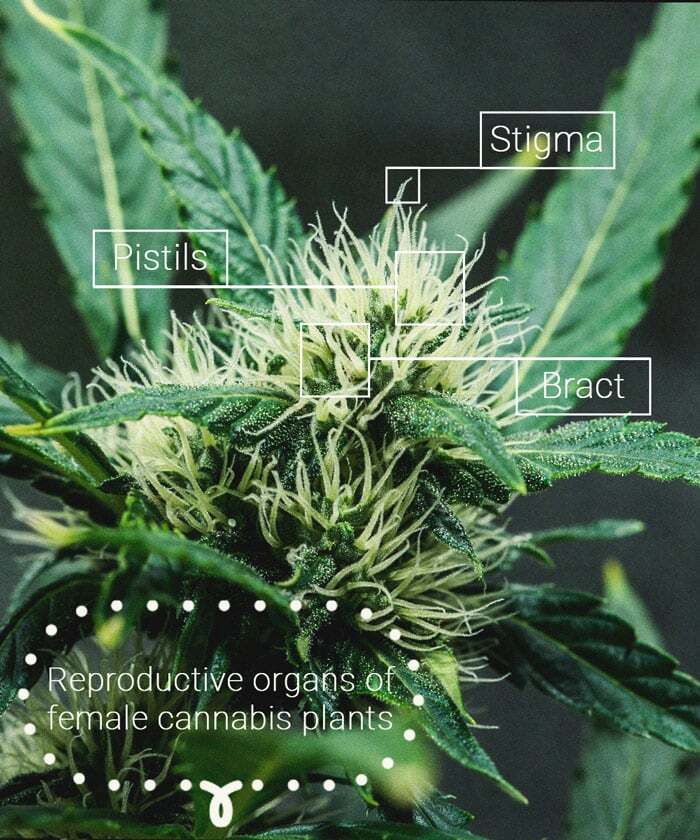
Atleast this is what many people believe. . . In reality the Calyx, well cannabis technically doesn't have a Calyx, not per se. The Calyx like region I am referring to above and many growers mistake as a Calyx is actually called the Perianth.
These structures are often what is colored purple in indica cannabis, although anthacinin levels can be activated by cold exposure causing even more purple foliage. The same structures are black in indica OG Expressions, and a mint dark green in Sativa leaning OG cannabis Kush strains.
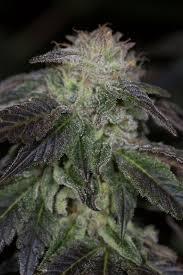
This is the "spade shaped structure" that forms when the cannabis first moves into flower from vegetation. This is also where one can differentiate the sex of the cannabis. Typically when you see these form and you have these pistils though you looking at a female, and Ganja Goddess willing she won't herm. Males aren't always bad though, especially if you want to cultivate and create not just grow.
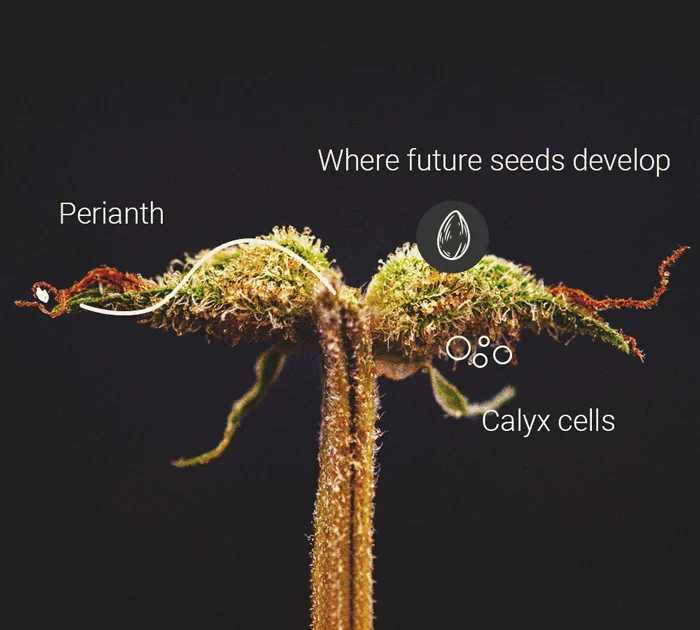
Now as for the Trichomes of cannabis, most everyone realizes these are the frosty looking and sometimes sticky stringy crystalline structures that cover cannabis. There is actually a few types of Trichomes which explains to me ALOT like how many Sativas have a fuzzy white appearance of small short no bulbous head Trichomes.
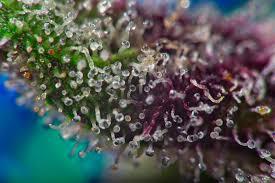
There is Bulbous trichomes which is a bulbous head on practically no stalk, short and round. Capitate Sessile Trichomes are bulbous heads on a short stalk, & Capitate stalked tricomes are longer stalks and a bolbous head.
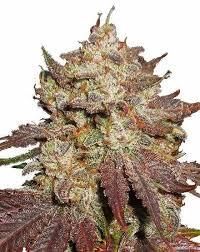
So there's just round, round with a short stalk, and round with a long stalk. Indicas present more often with Capitate stalked tricomes and capitate Sessile while Sativas often appear with the small no stalked bolbous Trichomes.
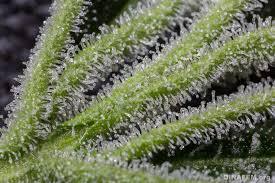
Trichomes also produce both a clear bubble and amber color. Many growers refer to the extent to which the amber color is & is not present in Trichomes, using different ratios of clear tricomes to amber to determine the number of days until harvest practices begin. That would be the flushing of the plant, preparing it with far red light treatments whatever your approach is.
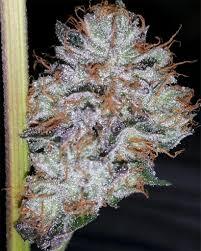
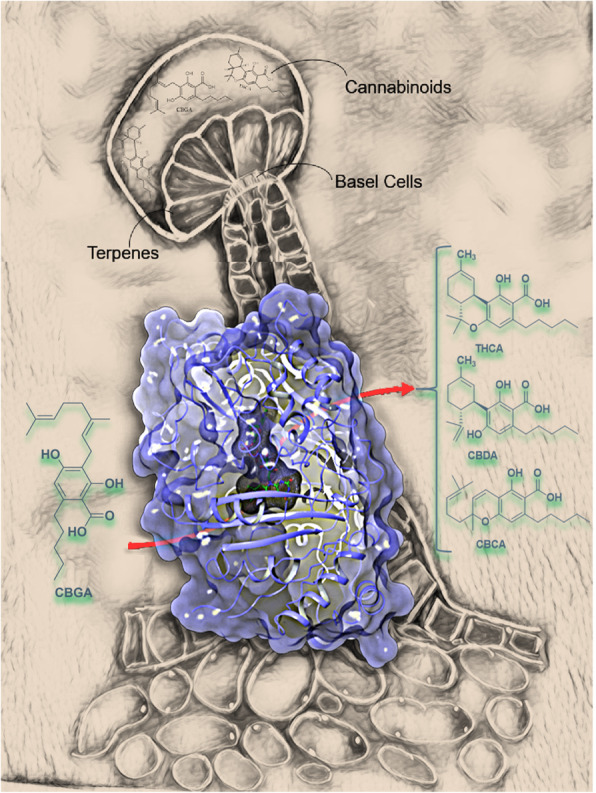
. Pistils,.which is essentially the entire bud in reality, but for clarity sake were referring to pistils as they are referred to colloquially. They are the hair like structures of orange and off yellow color that protrude from the pistillate structure that is known as the bud.
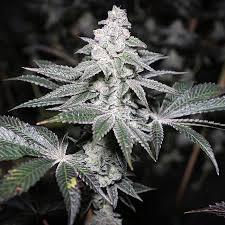
The bud is actually in totality the combination of the plants reproductive & aromatic producing & cannabinoid producing parts. Indica Pistils tend to have a shorter length and are sort of stunted in appearance often a burnt orange color.
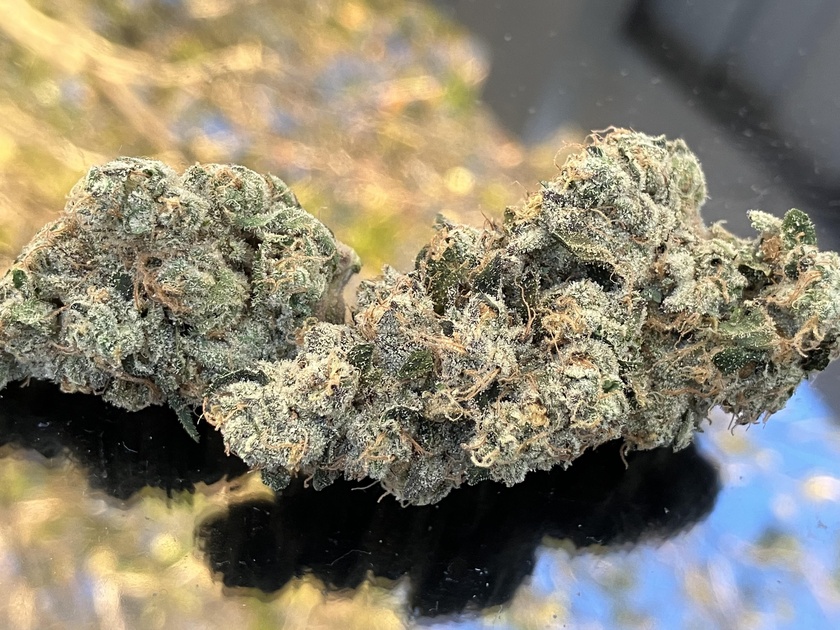
Sativa pistils are much more elongated and they stretch much further than the stunted indica Pistils. The White fuzzy hairs on the pistils and the scraggly ends of some.pistil is known as stigma. These combine with the bolbous tricomes to create that fuzzy looking appearance that may indicas have.
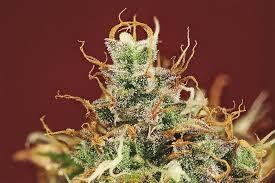
If you apply this characteristic to the evolution of the plant from its endemic Landrace enviroments it falls in place that the sativa would have elongated pistils. The pistil is there to essentially grab the pollen from the air that is floating by from male plants nearby.
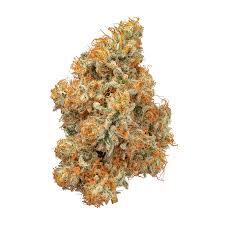
Now obviously in a humid jungle dense with life and plants these pistils will stretch to increase their likelihood of getting pollen. Compared to the desert arrid dry hot environment of indica endemic landrace territory where the pollen would easily blow about the territory with little vegetation standing between the male and females in the open desert steepe of Afghanistan for example.
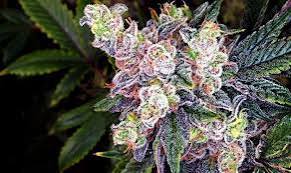
The way in which the pistils stretch to teach the max amount of pollen also is applicable to the sativa in a generalize sense. The Sativa stretches, that's a good overall thing to remember. The plant stretches up towards the canopy to attain as much light as possible in the position it is in, hence tall skinny sativas. The skinny elongated leaf fingers make sense as you wouldn't want a bunched up foliage in a humid dense jungle so as to properly aerate the plant.

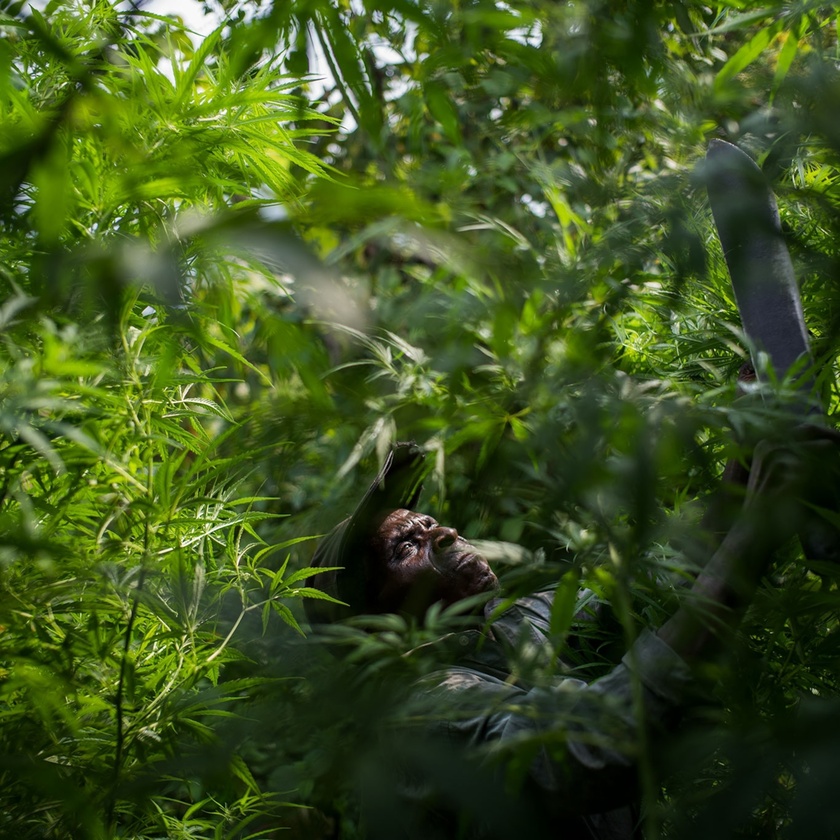
So the Sativa Has skinny fingers on the leaves of the plant. This allows for maximum airflow if I am comsiderkng the Evolutionary purpose form this, which adds up given the humid and hot densely packed with vegetation and animal life jungle.enviromemtnofnsatica Landrace. The Environment which sprang forth the sativa genetics do relative to the endemic surroundings.
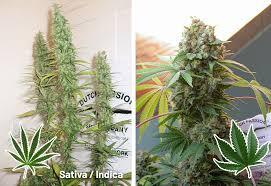
In the same.light, an Indica has the exact opposite. An indica poseses very convex leaf fingers that often touch one another at their apex points on each convex curve of each finger in lamens terms, the leaves touch at their bend to create shade and shadows.well as to keep heat refracting back to the plants important structures in the cold.dry Afghani Steepe Nights.
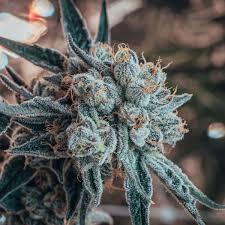
Again, the dense bulbous buds and the leaves acting both as shade and as a blanket are Evolutionarily influenced traits the Indica Micro adapted into from Sativa. We can see evidence of this micro adaptation from sativa to Indica in Terpene presentation. For example the fact that there is a variance in beta Caryophyllene vs trans Caryophyllene presentation, although given that even still beta Caryophyllene maintains sedative qualities even in Sativas like Blue Dream.
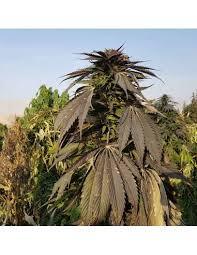
The current approach to understanding cannabis ia a binary classification system, the most recent one use Terpene pairs, three to be exact to differentiate three types of cannabis presentations. Those are myrcene Limonene, Terpinolene & beta Caryophyllene, & Myrcene pinene pairs. I will be looking into this as a possible man's of furthering my own understanding. Such as is there a Terpene pairing like listed here always present for example in indicas which contain dominant levels of the terpologically sativa oriented terpinolene.

Advoc8 always
Meduc8 Daily
Don't break the law while your breaking the law.
References
Aromatic & Cannabinoid Profiles
National Institute of Health Cannabinoid / Terpenoid Scientific Breakdown
Royal Queens Seeds Cannabis Structure Discussion
Cannabinoids & Terpenes in Structure of Cannabis



